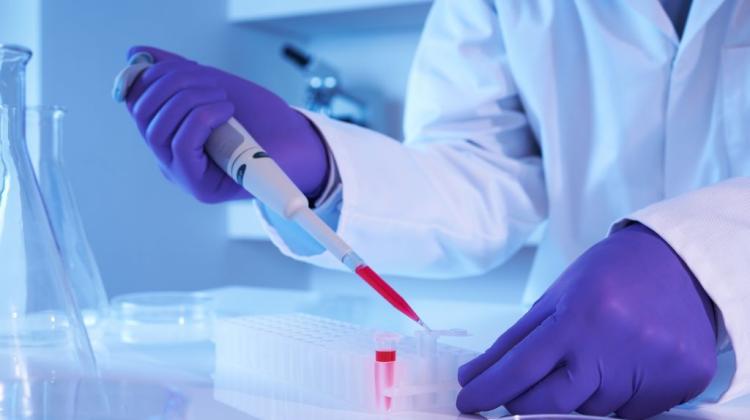Scientists get mice drunk to investigate the mechanisms of addiction in humans

Some mice, if they have the opportunity, drink alcohol more frequently than others, Polish scientists have demonstrated in the experiment. By studying mouse brains, they want to identify the processes that cause some people to be more prone to addiction, and others less.
Scientists from the team of Dr. Katarzyna Radwańska from the Institute of Experimental Biology in Warsaw conducted a 95 days long experiment, in which they the tendency to reach for alcohol in mice. "Mice drink alcohol, and are more than willing to do that. It is a bit more difficult to say whether mice can be addicted to alcohol" - said Radwańska.
In her research she deals with issues including animal models of alcohol dependence, and one of her research objectives is to understand the molecular, cellular substrates of addiction memory. "If the psychiatrist is to determine whether the patient is addicted to alcohol for example, he will ask specific questions: how long is the drink history, does drinking affect private, professional life. In a sense, we need to ask the mice the same questions, and they are not so eager to respond" - described the researcher .
To get the answers to these questions, researchers used special cages, in which over the 95 days of the experiment duration, mice were given drinking water or alcohol. Beverage bottles were placed in the cage corners, and each mouse was marked. As a result, the scientists knew exactly which mouse was in each corner of the cage, how much alcohol and how much water it drank. They could also turn on the door that closed access to alcohol and check whether the mouse was trying to gain access.
"The mouse that was determined to receive alcohol could sit and keep knocking on the door with its nose 40 times in order to drink for five seconds. Mice that did not care much about alcohol, would give up and go for water instead" - said Radwańska. By depriving mice of access to alcohol, scientists wanted to simulate alcohol withdrawal. After the break, the mice were again allowed access to it, leading to a kind of alcoholic relapse. "Just like alcoholics, some of the mice then began to drink a lot" - said Radwańska.
Without any additional incentive, one of the mice drank more than 12 grams of alcohol per kilogram of body weight in one day. That\'s a lot, because, as the researcher explained, after the injection of 4 grams per kilogram, a mouse can lose consciousness.
For each mouse, the researchers calculated the dependence ratio, based on which they divided mice into two groups: those drinking a lot of alcohol, and those which did not care about it. According to Radwańska, such variation reflects natural differences in a population. These were mice from the same cage, with the same access to alcohol, and they behaved quite differently. The situation is similar among people.
"At this point, questions that we are most interested began. How are the brains of mice in these two groups different? How are they built and what mechanisms occur in them?" - described the researcher.
Mouse brain, like the human brain, consists of nerve cells called neurons. Each nerve cell has a lot of branches, and each of them has projections called dendritic spines. "We are investigating the differences between the structures of these spines in mice who like to drink and those who drink less" - explained Radwańska. "We believe that the properties of these spines and changes occurring in them due to different experiences determine that some people learn more easily than others, that some become addicted and others do not" - she added.
The researchers analyzed the density and size of dendritic spines in the neuron. It turned out that the density between the groups did not vary. However, the volume and surface area was smaller in the mice that were more eager to drink alcohol.
In subsequent studies, Radwańska will investigate the molecular basis of these changes, the factors that regulate them. Perhaps she can identify the brain processes that cause that some people are more prone to addiction than others. "We hope that we can also find suitable tools to regulate these molecular processes" - emphasized Radwańska.
Radwańska’s research was conducted under the "Bridge" programme of the Foundation for Polish Science.
PAP - Science and Scholarship in Poland, Ewelina Krajczyńska
ekr/ agt/ jbr/
tr. RL
Przed dodaniem komentarza prosimy o zapoznanie z Regulaminem forum serwisu Nauka w Polsce.















